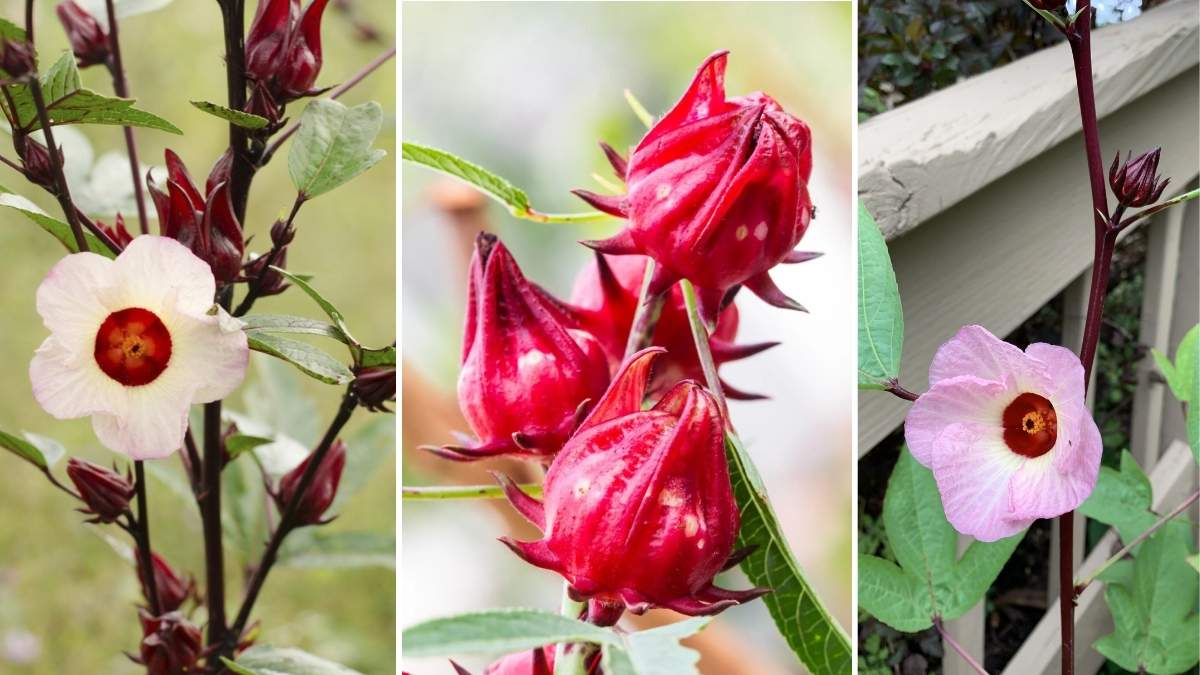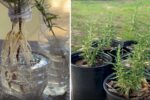Roselle, scientifically known as Hibiscus sabdariffa, is a versatile and beautiful plant that can be grown both indoors and outdoors with minimal effort. Known for its vibrant red calyces, Roselle is not just attractive but also highly nutritious. Whether you’re looking to add a splash of color to your garden or enjoy its health benefits, growing Roselle is simple and rewarding. Here’s a guide to help you grow Roselle plants with ease, regardless of whether you choose to grow them indoors or outdoors.
Understanding How to Grow Roselle Plants
Roselle is a tropical plant native to West Africa but widely cultivated in various parts of the world. It thrives in warm climates, which makes it ideal for growth in both tropical and subtropical regions. The plant’s most well-known feature is its bright red, fleshy calyces, which are harvested for their tart flavor. These calyces are often used to make teas, jams, and even natural food colorants.
Roselle also boasts medicinal properties, such as being rich in vitamin C and antioxidants. Growing Roselle can provide you with a steady supply of fresh calyces for various uses. Let’s look at how to grow this wonderful plant with minimal effort.
Choosing the Right Location
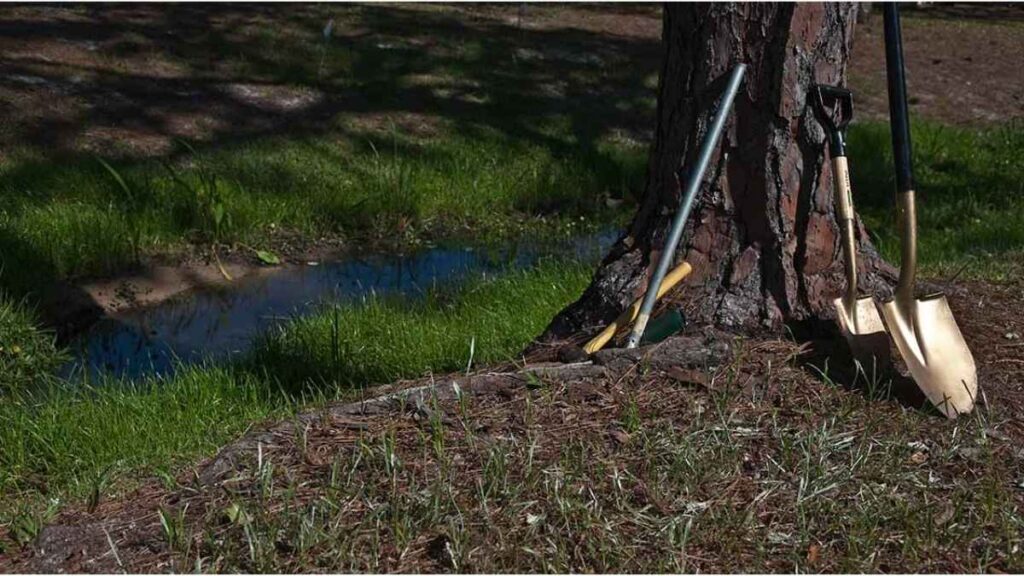
Whether you decide to grow Roselle indoors or outdoors, the first thing you need to consider is choosing the right location. Roselle plants thrive in sunny environments, so it’s important to select a spot where the plant will receive plenty of sunlight.
Growing Roselle Outdoors
If you’re planting Roselle outdoors, choose a location that receives full sunlight for at least 6 to 8 hours a day. The soil should be well-drained, and it’s beneficial if the soil is slightly acidic to neutral. Roselle plants are hardy and can tolerate a range of soil types, but they prefer rich, loamy soil.
Make sure to plant Roselle in an area with good air circulation, as this will help prevent fungal diseases. Also, ensure that the spot you select is protected from strong winds, as Roselle can grow tall and may get damaged by gusty conditions.
Growing Roselle Indoors
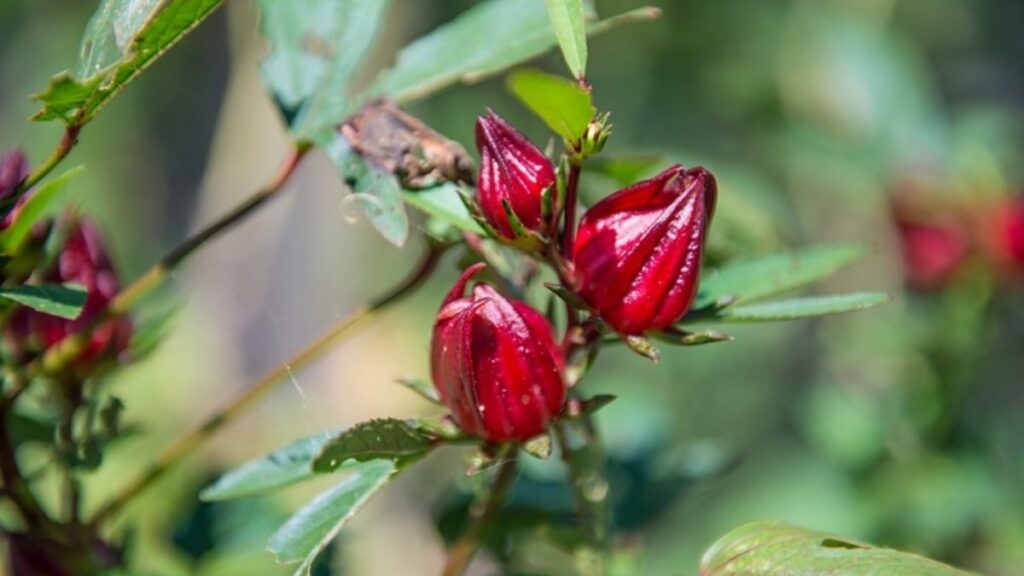
Growing Roselle indoors requires a little more attention to detail. Choose a location in your home where the plant will receive at least 6 hours of direct sunlight per day. A south-facing window is ideal, as it offers the most consistent sunlight throughout the day. If natural sunlight is insufficient, consider supplementing with grow lights to ensure the plant receives enough light to thrive.
It’s also important to use a container with proper drainage to avoid waterlogging, which can lead to root rot. A large pot with a minimum depth of 12 inches is recommended to give the Roselle plant enough space for its roots to spread out.
Planting Roselle
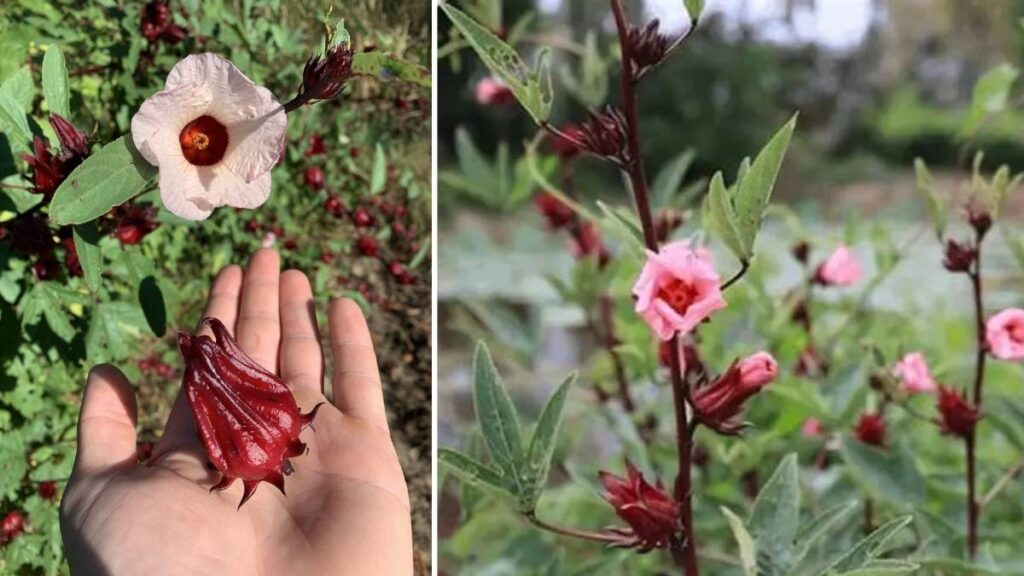
Once you’ve selected the right location, it’s time to plant your Roselle seeds or young plants. You can start from seeds or buy young plants from a nursery.
Starting from Seeds
If you decide to grow Roselle from seeds, start by soaking the seeds in water for 24 hours before planting. This helps soften the seed coat and encourages faster germination. After soaking, plant the seeds in small pots or directly in your garden if you’re planting outdoors. Space the seeds about 3 to 4 inches apart.
Roselle seeds generally take 7 to 14 days to germinate. Once the seedlings appear, thin them out, leaving the strongest plants to grow. For indoor cultivation, it’s a good idea to transplant the seedlings into larger containers once they have reached 3 to 4 inches in height.
Transplanting Seedlings
If you purchased young plants or have grown your seedlings, it’s time to transplant them into your garden or indoor containers. Make sure the soil is well-prepared by loosening it and adding organic matter like compost to enhance fertility. Plant the seedlings at the same depth they were in their original pots and water them thoroughly after transplanting.
Watering and Feeding Roselle
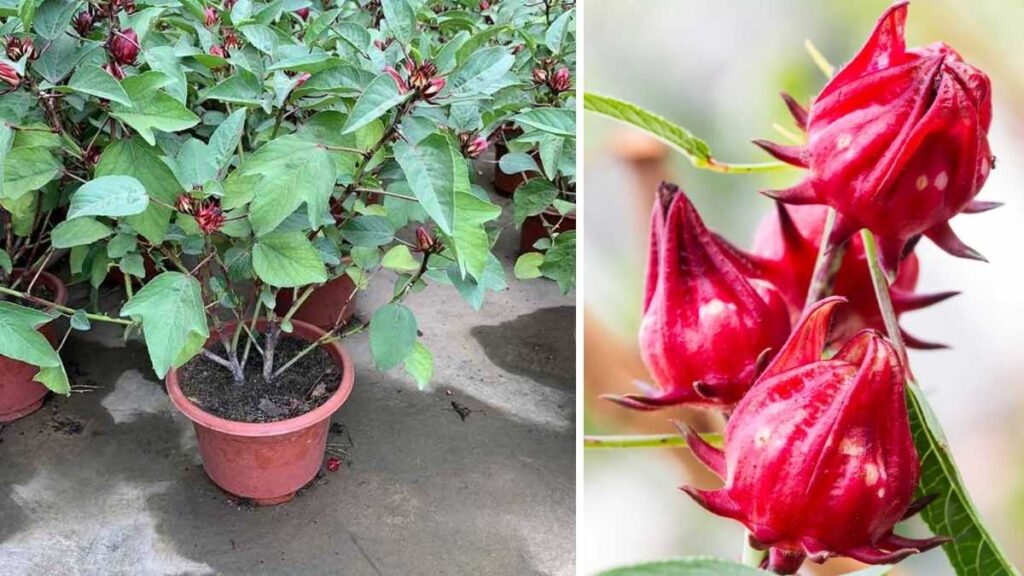
Roselle plants need consistent watering to thrive, but they do not like to sit in waterlogged soil. Water the plants when the top inch of soil feels dry, but be sure to avoid overwatering, as this can lead to root rot.
For Roselle grown outdoors, rainwater is usually sufficient, but during dry periods, you may need to water the plant deeply once a week. If you’re growing Roselle indoors, check the soil moisture regularly and ensure good drainage in the container.
In terms of feeding, Roselle benefits from regular fertilization. Use a balanced fertilizer every 4 to 6 weeks during the growing season. Organic fertilizers like compost or fish emulsion work well and are gentle on the plant. Avoid using excessive nitrogen, as it can result in excessive leaf growth at the expense of flowers and calyces.
Pruning and Maintenance
Pruning Roselle helps encourage better airflow and stronger growth. As the plant grows, remove any dead or damaged leaves to promote healthy development. You can also trim the plant to maintain a manageable size, especially if you’re growing it indoors.
If you’re growing Roselle outdoors, it’s a good idea to support the plant as it can grow tall and may need staking. Using a simple bamboo stake or a tomato cage can prevent the plant from falling over in windy conditions.
Harvesting Roselle
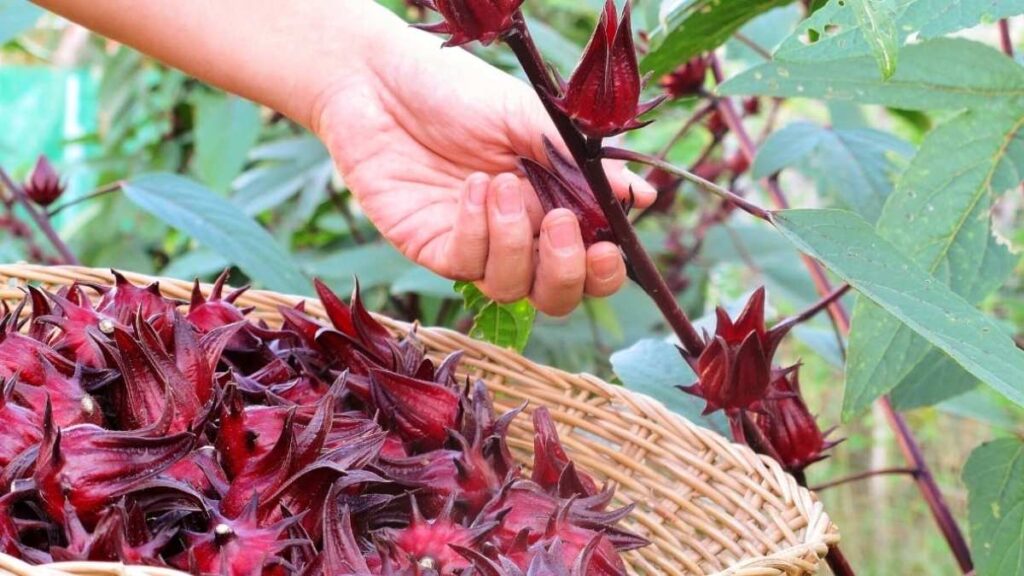
Roselle is typically ready for harvest in about 6 to 9 months, depending on the climate and growing conditions. The most common part of the plant harvested is the calyces, the red, fleshy part that surrounds the seed pods.
To harvest, simply cut the calyces from the plant once they are fully mature. The calyces should be plump and deep red in color. Be careful not to damage the rest of the plant, as it may continue to produce more calyces throughout the season.
If you’re growing Roselle for its seeds, wait until the calyces dry out before removing the seeds. These seeds can be stored and used for future planting.
Dealing with Pests and Diseases
Roselle is generally a hardy plant, but like all plants, it can attract pests such as aphids, caterpillars, and spider mites. To prevent infestations, regularly inspect the plant for any signs of pests. If you spot any, use a gentle insecticidal soap or simply rinse the leaves with water to remove them.
As for diseases, Roselle is susceptible to fungal infections, especially in humid environments. Ensure that the plant has proper air circulation, and avoid overhead watering to reduce the risk of fungal growth.
Conclusion
Growing Roselle, whether indoors or outdoors, is a relatively low-maintenance endeavor that can provide a beautiful addition to your space and a supply of nutritious calyces for various uses. With a little attention to sunlight, water, and soil, your Roselle plant will thrive. By following the simple steps outlined above, you’ll be on your way to enjoying the vibrant beauty and health benefits of Roselle with minimal effort. Happy gardening!

